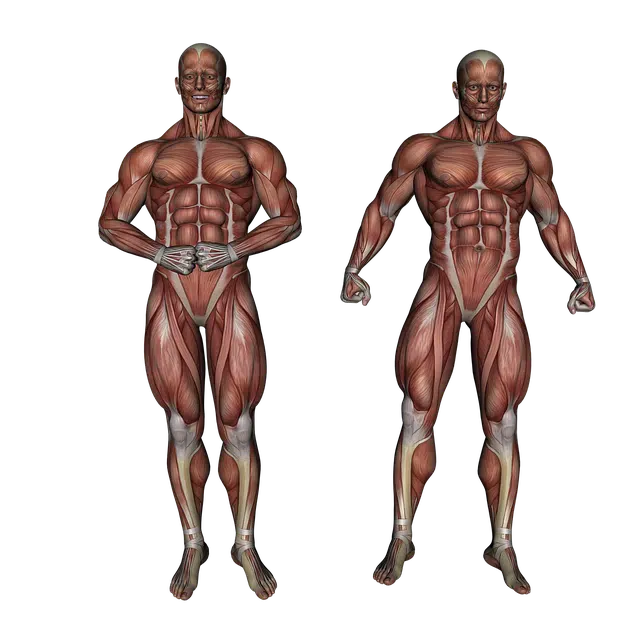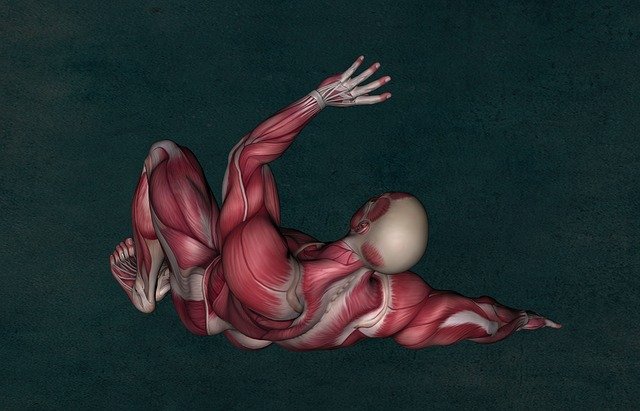
Myology is part of descriptive anatomy.
The branch of anatomy focused on muscles is called myology . Anatomy, meanwhile, is the science dedicated to the analysis of the shape and structure of living beings .
In the case of myology, it is an area of so-called descriptive anatomy : the specialization of anatomy that studies the body by dividing it into apparatus or systems. The object of interest of myology is muscles , organs that are made up of contractile fibers.
Objectives of myology
Myology is responsible for the identification and location of each muscle, considering its origin , its insertion and its innervation. It also details its actions and the movements it can make.
It should be noted that muscles stretch and shorten in response to a nervous stimulus . This is possible thanks to the type of tissues and cells that make it up.
Functional properties of muscles
Myology, in this framework, studies the functional properties of muscles, which are diverse and tell us about the way in which each one acts. Broadly speaking, we can say that they experience a stretch and then a contraction, as a result of some nervous stimulus. To do this, they take advantage of the contractile fibers that make them up. Let's see the most important functions below:
* excitability : it is the aforementioned response to nervous or chemical stimuli. For this to take place, the muscle must be able, first of all, to perceive them, and then produce and propagate a movement;
* contractility : using their cells, muscles can carry out contraction in the face of these stimuli. In this framework, we can distinguish different types, which are concentric isotonic, isometric and eccentric isotonic;
* elasticity : contrary to the case of contractibility, muscles must be able to increase their length. After this, its fibers quickly recover their original extension;
* extensibility : this is related to the previous one, since this is the property that allows muscles to stretch. After contraction, its fibers relax and are able to stretch to exceed the extension they exhibit at rest;
* plasticity : thanks to this property, muscles can alter their structure according to the action that the body requires them to perform. This is how they can adapt to different types of training.
Types of muscles
According to their histological particularities, myology recognizes three classes of muscles. Striated or skeletal muscles are those that cover the bone components and allow voluntary movements. They are those that, when they respond to nervous stimuli, contract and relax, moving. They are found in the head, trunk, certain sphincters, eyes, limbs and respiratory system.
Smooth muscles , for their part, move involuntarily and shorten during contractions . We can find them both in the blood vessels and in the walls of certain structures and organs, such as the stomach, intestines and esophagus.

Muscles are the object of study of myology.
Finally, we must talk about the cardiac muscle (also known as the myocardium ), which is a combination of striated and smooth muscles, with involuntary and automatic movements. Thanks to this muscle, the heart can contract in a continuous rhythm to pump blood through the circulatory system.
Its cells have a structured branching called a functional syncytium ; Their interconnection is made up of joints called intercalary discs , thanks to which it is possible to synchronize contraction. Returning to the concept of functional syncytium, two are observed, whose names are widely known outside the medical field: one for the atria and another for the ventricles .
